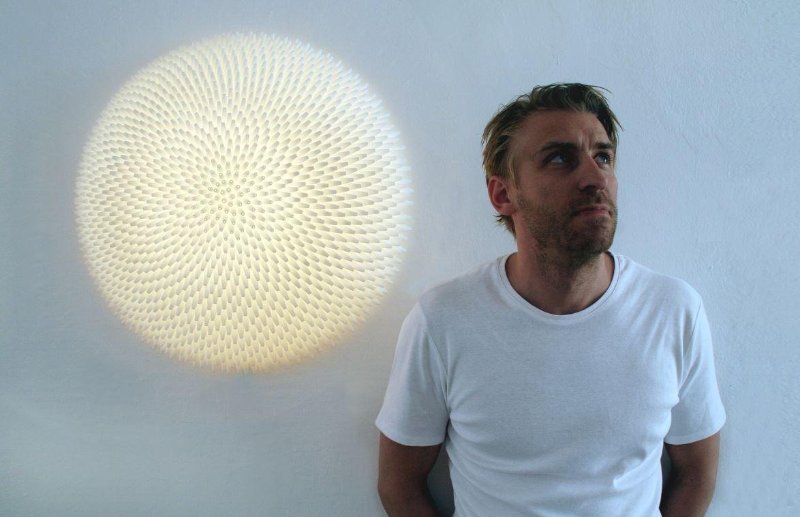
I’m reading a brief post on LinkedIn by noted 3D designer Janne Kyttanen regarding his experience with a 3D printed light design.
The problem with 3D printed art is that if the pieces are of any significant size, they can be extremely expensive to produce. This makes it challenging to sell units.
Kyttannen relates his experience:
2005 I made a light, which is called the 1597. It took me about 6 months to make it and I put an enormous amount of passion into it, but the final pieces were very expensive. We sold quite a lot of them and I was very happy with it. But I thought I could make it smaller, more consumer-friendly and try to maximize the profit. And then we hardly sold any. One I wanted to make money out of and the other was the one I put my passion into, which was ten times more expensive, but that one sold well and the other one didn’t. Let your passion speak.
I find this quite interesting: lowering the price apparently did not increase sales.
I believe this is a pricing effect I like to call “the price sets the price”.
The problem all makers have is how best to set a price on something that’s made. You could consider these common approaches:
- Mark up the price to a percentage over the cost it took to produce it
- Set the price a bit below the competition to attract buyers
- Set the price to be a bit less than the customer would have to expend if making it themselves
These are all valid approaches for one situation or another, but there is one additional weird pricing strategy that might not be obvious, again what I call “the price sets the price”.
The idea here is that there is a high quality item (which the 1597 certainly is), and a very high price is set for it.
The high price itself automatically disqualifies many from affording it, making the product an “exclusive item”. If it’s sufficiently cool, those able to afford it will purchase one just to have something truly unique that few others possess. This effect happens in fashion all the time, where the price of the fashion item is vastly greater than the cost of producing it. The reason: exclusivity, caused by the high pricing.
If you’re a 3D artist producing high quality work, consider setting high prices on your designs. You might be very surprised at what happens.

